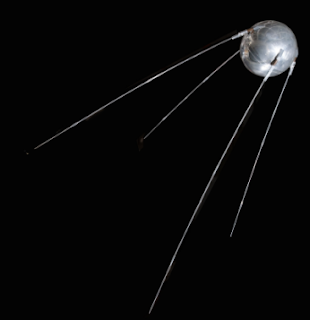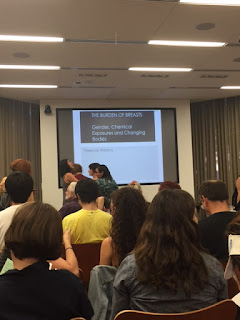Event 4

For my final event of the quarter, I attended Judith Hopf’s exhibit at the Hammer Museum. Throughout the exhibit are several brick sculptures, some of which are pictured below. Hopf’s biography indicates that she often builds her sculptures out of supplies found at a hardware store, thus explaining the brick. The concept of square bricks being used within the sculptures allows for them to have this inherent look of technical perfection. While the brick feet and hand were impressive sculptures that must have taken significant amount of time to build, my favorite was the penguin sculpture in the center of the room. I think a large part of my appeal to it had to do with the way the square bricks still seem to resonate with this idea of technical perfection within the cylindrical frame of the sculpture. The even levels and lines remind me of the way artists during the Renaissance began to integrate math, specifically geometry, with art. The exhib...





